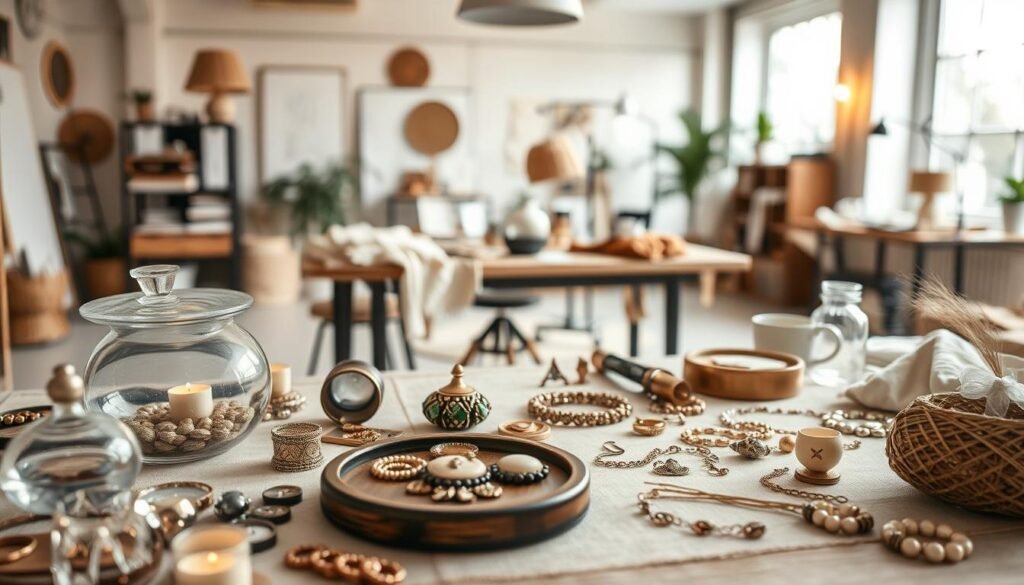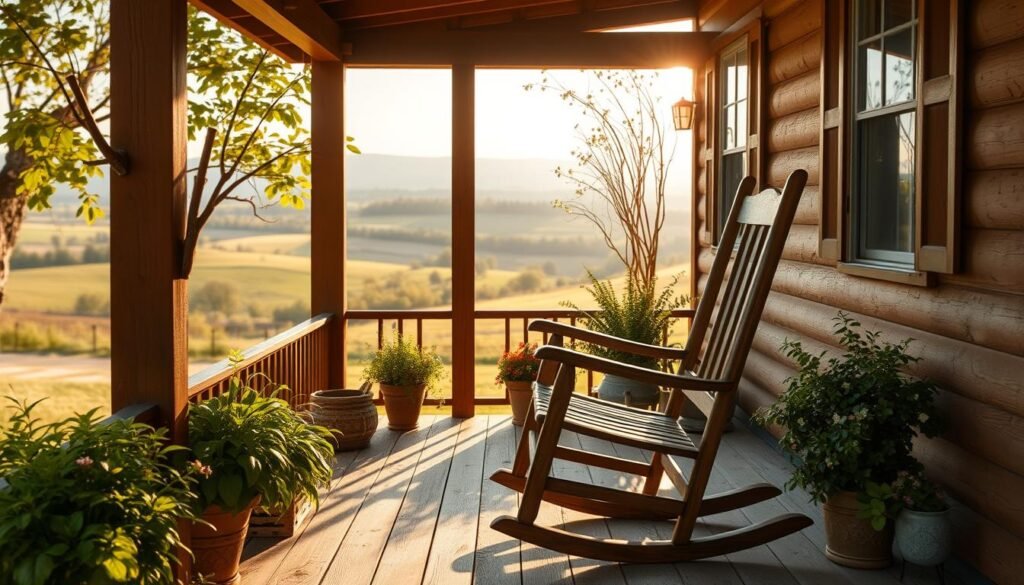Ever notice how some brands feel instantly memorable? That magnetic quality often comes from blending timeless charm with modern relevance. This guide shows how to harness nostalgic styles that connect deeply with today’s audiences – without looking like a history lesson.
The secret lies in understanding what makes retro elements work. Styles from past decades (think 1940s elegance or 90s grunge) carry emotional weight. They tap into our love for authenticity in our fast-scrolling digital world. Even the word “aesthetic” comes from ancient Greek roots meaning “to perceive” – it’s about creating feelings, not just visuals.
You’ll discover how creative entrepreneurs use this approach to cut through online noise. We’re not talking about dusty antiques here. Modern applications range from Y2K-inspired color palettes to reimagined mid-century typography. The key? Balancing familiarity with fresh twists.
By the end, you’ll have practical ways to weave these elements into your content strategy. Whether you’re crafting Instagram posts or website copy, you’ll learn to create pieces that feel both comfortably familiar and excitingly new. Let’s build content that ages like fine wine – not milk.
Introduction: Embracing a Classic Look in the Modern World
Why do retro Polaroids and cassette tape graphics feel fresher than ever? In our swipe-and-scroll culture, classic design elements act like visual anchors – familiar yet fascinating. This isn’t about copying the past, but curating its best parts for today’s creative needs.
Understanding the appeal of vintage styles
Social media turned nostalgia into a superpower. Platforms like TikTok and Instagram helped vintage styles become popular again by letting people mix eras like paint colors. Remember that thrifted leather jacket your followers loved? It worked because it whispered stories of 70s rock concerts while fitting your modern wardrobe.
These designs resonate deeply. They counterbalance our tech-heavy lives with tactile textures and slower-paced charm. A 2023 Pew Research study found 68% of Americans feel overwhelmed by constant digital updates – which explains why handwritten fonts and film grain filters feel like deep breaths for the soul.
| Modern Design | Vintage Influence | Audience Impact |
|---|---|---|
| Flat minimalism | Art Deco borders | +42% engagement* |
| Stock photos | Film photography edits | 3x longer view time |
| AI-generated text | Typewriter font quotes | 2.7x more shares |
Setting the stage for a timeless guide
You don’t need a time machine to harness this power. Start by identifying which eras spark your (and your audience’s) curiosity. Is it the bold geometry of Memphis design? The earthy tones of 90s grunge? Each choice becomes a bridge between generations.
This guide will show you how to remix historical elements into content that feels intentional, not imitative. We’ll explore how different aesthetics gain new life through modern platforms – think Victorian lace patterns in Instagram Story templates or jazz-age typography on YouTube thumbnails.
What Does “Vintage Aesthetic” Mean?
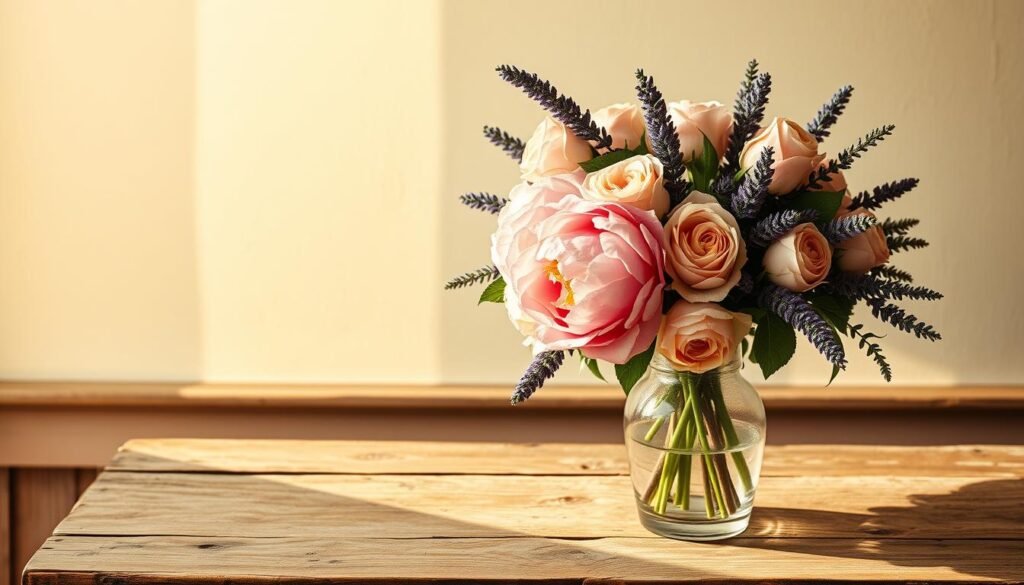
Imagine holding a well-loved book where every coffee stain tells a story. That’s the essence of blending time-worn charm with intentional design – a recipe for content that feels lived-in yet fresh. Let’s break down why this combination captivates modern audiences.
Breaking Down the Components
The term “vintage” isn’t about mothball-scented attics. It specifically describes items 15-20+ years young – old enough to carry history, but young enough to feel relevant. Think flip phones from 2003 or neon windbreakers screaming 1989. Unlike antiques (100+ years), these pieces still whisper memories to living generations.
“Aesthetic” roots back to Greek philosophy about how we perceive beauty. It’s not just visual – it’s the crunch of aged paper, the warmth of sepia tones, the rhythm of typewriter clicks. When combined, these concepts become a creative filter for reimagining the past.
Creative Alchemy Across Eras
This approach lets you time-travel through design history. Maybe you’ll pair 1950s diner fonts with glitch effects, or overlay 70s earth tones on digital illustrations. As designer Ilse Crawford notes:
“Nostalgia works when it feels discovered, not decorated.”
Your content becomes a collage of meaningful fragments – Art Nouveau curves in Instagram templates, Polaroid borders framing TikTok videos. The magic happens when these elements spark recognition and surprise. It’s not replication; it’s resurrection with purpose.
A Journey Through Past Decades: Fashion Through the Eras
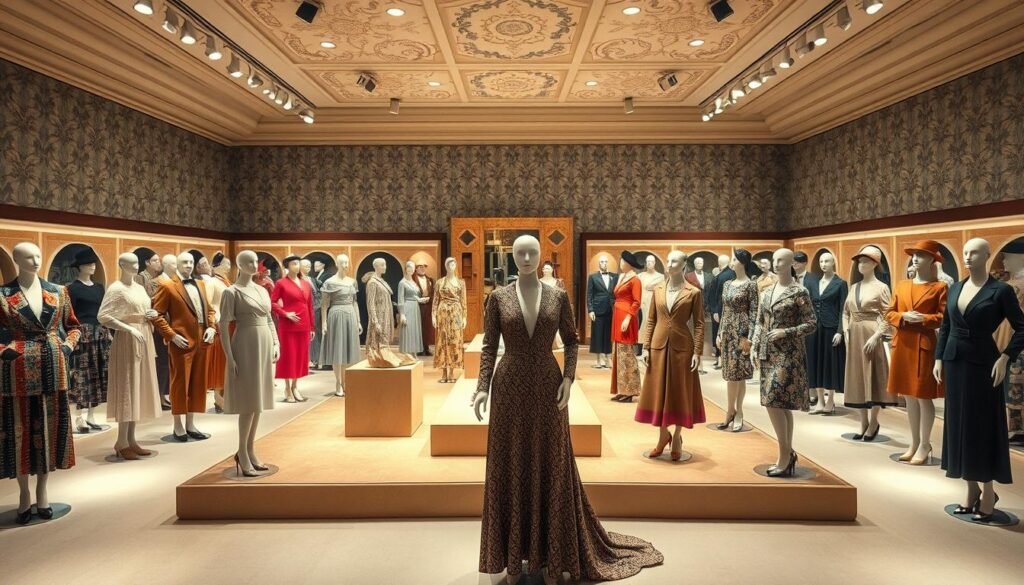
Fashion isn’t just fabric—it’s a time machine stitched with cultural memories. Let’s unpack how jeans evolved from wartime utility to rebellion symbols, and why geometric patterns keep resurfacing across generations.
The Evolution From Functional to Expressive
The 1940s introduced practical silhouettes—think tailored shirts and A-line skirts born from rationing. Fast-forward to the 2000s: low-waisted jeans and rhinestone accessories screamed post-millennium optimism. Each decade’s trends mirror its social heartbeat.
Signature Styles That Defined Generations
1980s power suits with shoulder pads reflected corporate ambition, while 90s flannel shirts became grunge’s uniform. Notice how 70s flare trousers reappeared in 2020s streetwear? Fashion historian Diana Vreeland nailed it:
“Style is instinct. But it needs editing.”
| Decade | Key Pieces | Cultural Influence |
|---|---|---|
| 1960s | Mod shift dresses Bold geometric patterns | Space race optimism Youthquake movement |
| 1980s | Oversized blazers Puffy sleeves | Economic boom MTV revolution |
| 2000s | Low-rise jeans Pleated skirts | Reality TV culture Digital dawn |
When Movies Shape Your Wardrobe
Stranger Things didn’t just revive 80s puffy sleeves—it made them new. Similarly, 90s rom-coms turned lumberjack shirts into date-night staples. These revivals work because they blend nostalgia with fresh context.
Sustainable Style: The Benefits of Wearing Vintage
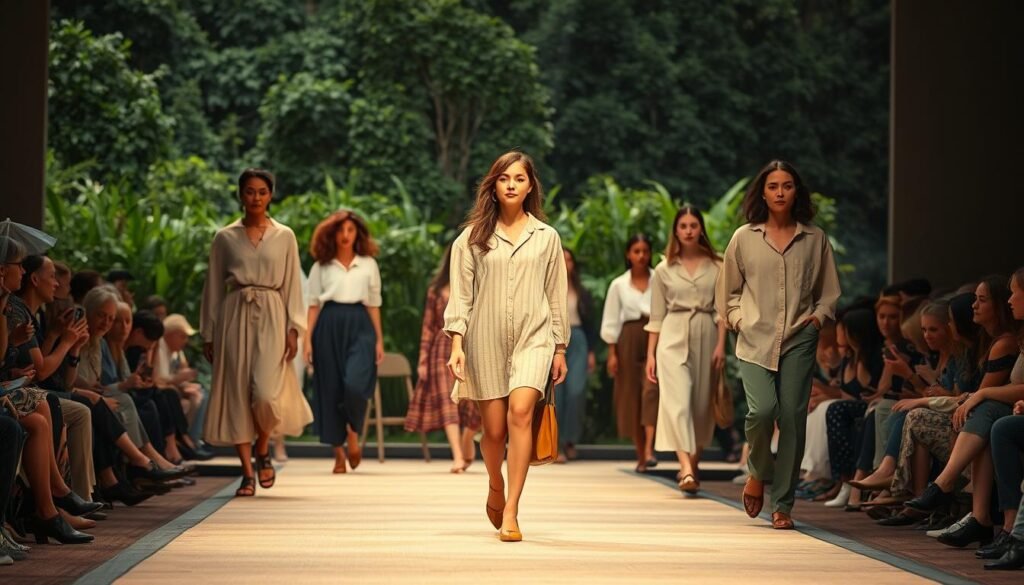
What if your closet could fight climate change? Every secondhand piece you wear becomes a silent protest against disposable culture. By reimagining existing garments, you skip the resource-heavy process of creating new ones – water saved, chemicals avoided, stories preserved.
Environmental impact of choosing pre-loved pieces
The fashion industry guzzles 93 billion cubic meters of water annually – enough for 5 million people’s yearly needs. When you select existing clothes, you’re not just saving money. You’re diverting textiles from landfills where 85% of discarded garments end up. That leather jacket from 1992? It’s already paid its environmental debt through decades of use.
Crafting a conscious wardrobe
Building a sustainable closet starts with quality over quantity. Seek out pieces that survived multiple owners – their durability proves they’ll last. You’ll naturally buy less, but love each item more. As stylist Mara Hoffman notes:
“The most radical act in fashion isn’t buying – it’s keeping.”
This approach transforms your style into activism. Your audience notices when you pair 70s denim with modern accessories – it shows thoughtfulness beyond trends. Together, these choices form a movement where personal flair meets planetary care.
Fast Fashion vs. Authentic Vintage: The Battle for True Style
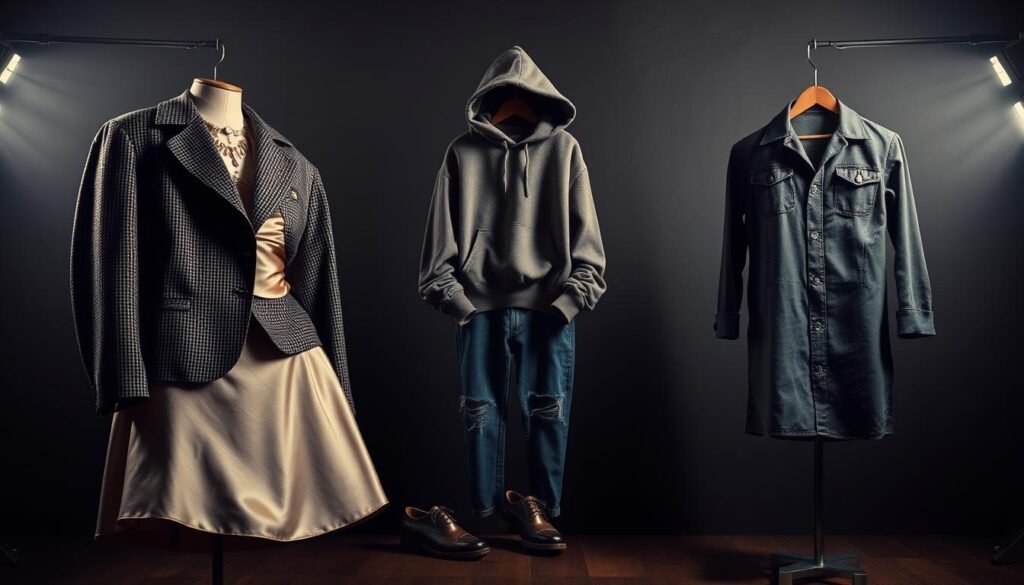
Picture this: A factory churns out distressed denim jackets while a tailor carefully repairs a 1970s Levi’s. This clash defines today’s style wars. Fast fashion brands now mass-produce “vintage-inspired” pieces – but true lovers of retro flair know the difference between imitation and legacy.
How fast fashion cannibalizes retro charm
Mass retailers sell $25 floral maxi dresses labeled “70s boho.” But real vintage isn’t a Photoshop filter – it’s time’s fingerprint on fabric. Those factory-made “worn” edges lack the stories behind actual thrifted finds. As sustainable designer Eileen Fisher observes:
“You can’t speed-ripen authenticity like avocados.”
| Aspect | Fast Fashion | Authentic Vintage | Impact |
|---|---|---|---|
| Production | New synthetic materials | Existing natural fabrics | 83% less water waste* |
| Details | Machine-made “flaws” | Unique wear patterns | 3x longer garment life |
| Value | Trend-driven pricing | Historical significance | 27% resale premium |
Why real history beats factory replicas
Authentic pieces whisper secrets through their stitches – a 1960s shift dress’ hand-rolled hem, a 90s band tee’s faded tour dates. These details can’t be photocopied. You’re not just wearing clothes; you’re preserving craftsmanship that modern brands rarely match.
Choosing genuine retro items supports circular fashion. Your dollars help local thrift stores instead of overseas sweatshops. Plus, you’ll stand out in a sea of cookie-cutter outfits. That 1980s power blazer? It waited decades just for you.
Achieving Your Own Vintage Look: Tips and Ideas

Have you ever wondered how some outfits seem to whisper stories from the past? Building your distinctive style starts with treasure hunting – both in physical stores and digital spaces. Let’s explore how to blend eras and accessories for looks that feel uniquely yours.
Thrift Like a Time Traveler
Local thrift stores hold hidden gems – that 90s denim jacket with perfect fading or 60s floral dresses waiting for new adventures. Bring a friend and make it a Saturday ritual. Pro tip: Check collar tags for natural fabrics like cotton or silk – they age better than synthetics.
Era-Blending Made Easy
Pair 1950s circle skirts with chunky 2000s belts. Mix 70s earth tones with 90s grunge plaid. As fashion historian Amanda Hallay notes:
“The best retro looks happen when you break the timeline – like punk rock meets Regencycore.”
Accessories That Transform
Three pieces elevate any outfit:
- Pearl necklaces (Coco’s secret weapon)
- Oversized sunglasses (Marilyn’s mystery-maker)
- Vintage scarves (tie them on bags or hair)
Start small – add one retro element to modern basics. For more inspiration, discover more styling secrets through curated archives. Remember: True style isn’t about perfect replication, but joyful reinvention.
Incorporating Vintage Aesthetic in Modern Social Media
Ever scrolled through your feed and felt a sudden wave of nostalgia? That’s social media’s secret weapon – transforming retro charm into shareable gold. Platforms like Instagram and TikTok have turned classic styles into daily inspiration through clever use of technology and trend cycles.
Strategic storytelling through visuals
Instagram thrives on cohesive grids. Use film-grain filters like Lark or Juno to give photos that sun-faded 90s vibe. Pair them with captions written in typewriter fonts – it’s like serving lemonade on a digital porch swing. Your grid becomes a digital scrapbook that feels both curated and authentic.
TikTok’s “Get Ready With Me” trends let you showcase thrifted finds while chatting like an old friend. Try overlaying book quotes about timeless beauty onto outfit transitions. These micro-moments build connection faster than Polaroids develop.
Consistency matters more than frequency. Whether you post daily or weekly, maintain color palettes that echo your favorite era. A 1970s mustard yellow or 2000s metallic silver can become your signature. Remember – your feed isn’t a museum exhibit. It’s a living, breathing scrapbook where yesterday’s trends become tomorrow’s conversations.


